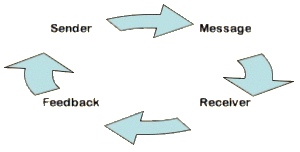One of the easiest methods for being successful in whatever you do is a simple technique. We share it because of its simplicity, so give us credit if you use it.
First, get in the habit of making a daily list of the ten (10) things you want to get done each day. After coming up with the list that might include meeting a deadline or choosing the best option for hiring a sub-contractor and simple tasks such as inviting an old client to lunch, prioritize the list.
The number one prioritized item on your Top Ten list should be the “must get done” task. You get to prioritize number two through number ten. Items toward the end of your list should fall into the category of “maybe get done.” An example would be a proposal that is not expected for two more days but would make a good impression if you delivered on it early.
As you go through the day and line out the accomplished tasks, you will have visual proof of how your day is going and the more you finish without adding them to the next day’s list is your success formula.
Here’s how you can rate your success:
If you’ve accomplished the number one (#1) item on your To Do list, consider yourself one hundred percent (100%) successful. It was the priority and had to get done.
If you checked two items off the list, rate yourself ninety percent (90%) successful. If you cleared three, you are at eighty percent (80%). Four moves you to seventy percent. Five, you would think, is fifty percent but you’re really getting things done, so rate it sixty percent. And if you take care of the remainder of items on your daily list, you’re still at one hundred percent!
Beyond five simply doesn’t matter because you’ve already been successful.








